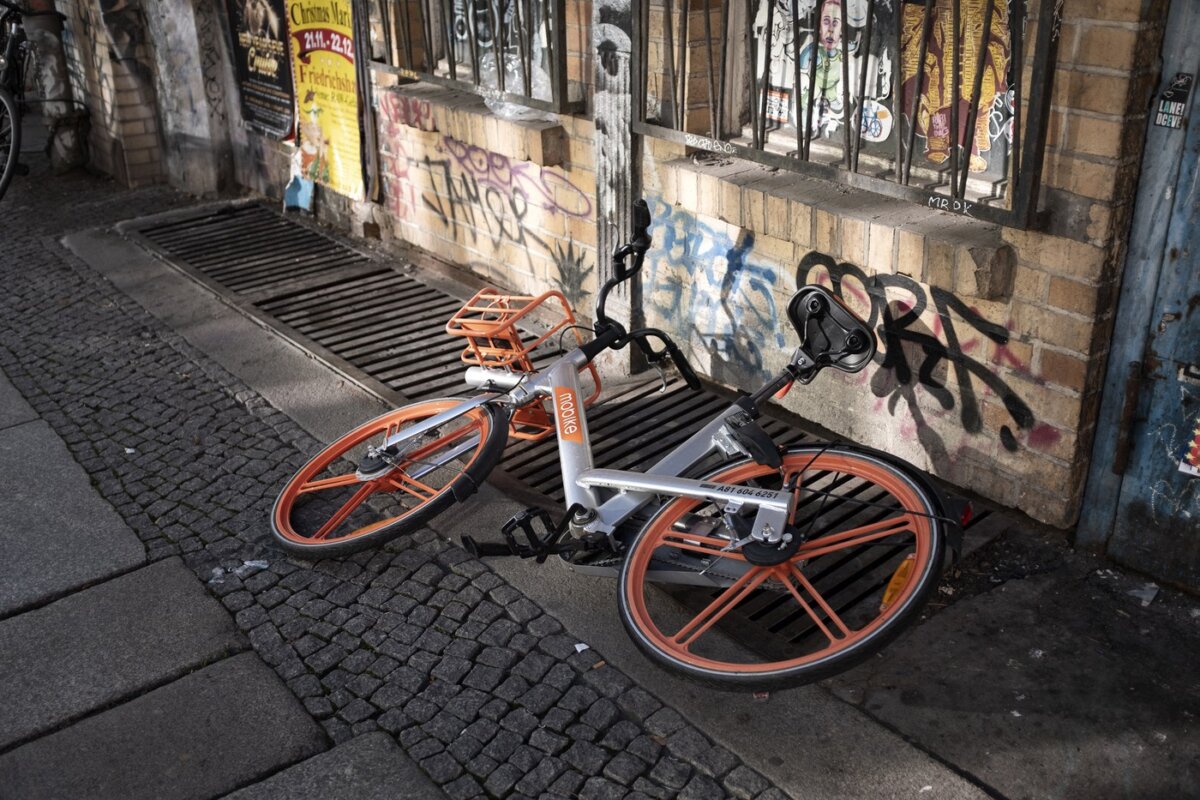With the MATH+ Cluster of Excellence, visitors to the HU exhibition in the Humboldt Forum are immersed in the world of mathematics
How can we ensure that there is less congestion on the roads? How can we utilise the volumes of data that we produce every day? And how can we ensure that electricity is available exactly where it is needed? Mathematics helps us to find solutions to problems that affect us in our everyday lives. ‘We live in a world of mathematics without realising it,’ says Dr Gorch Pieken, curator of the exhibition, which the Humboldt-Universität zu Berlin (HU) will be presenting at the Humboldt Forum.
The clusters of excellence at Berlin’s universities, which are funded by the Excellence Strategy of the federal and state governments, are presented in the large foyer of the exhibition. One of them is the Berlin Mathematics Research Centre MATH+, in which the Technische Universität (TU) as the host university, the Freie Universität (FU), the Humboldt-Universität (HU), the Weierstrass Institute for Applied Analysis and Stochastics (WIAS) and the Zuse Institute Berlin (ZIB) are involved.
